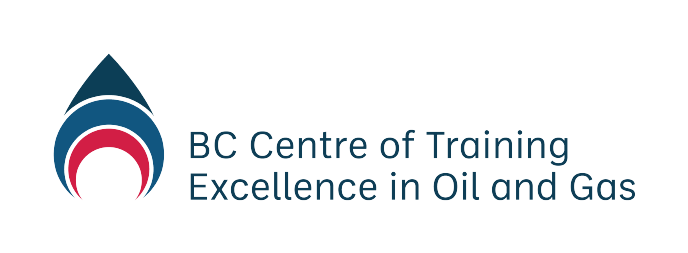-
Module 2.0 How to be Successful in this Course
-
Module 2.1 Introduction to Natural Gas
-
Module 2.2 The Natural Gas Industry in British Columbia
- Overview
- Learning Outcomes
- Natural Gas Science – The Simple Version
- Natural Gas Science – Chemistry
- Natural Gas Science – Physics
- Natural Gas Science – Units of Measurement
- Natural Gas Science – Geology
- Natural Gas Resources and Uses
- Oversight of the Natural Gas Industry
- Understanding Land Rights and Natural Gas
- Energy and the Future
-
Module 2.3 Upstream – Well Site Selection, Preparation and Drilling, Completion, Production, Water Recycling, and Reclamation
- Learning Outcomes
- The Upstream Sector – Extraction and Processing
- The Upstream Sector – Exploration and Site Selection
- The Upstream Sector – Preparation and Drilling
- The Upstream Sector – Completion
- The Upstream Sector – Production
- The Upstream Sector – Water Recycling
- The Upstream Sector – Reclamation
- Upstream Companies and Jobs in British Columbia – Companies
- Upstream Companies and Jobs in British Columbia – Industry Associations
- Upstream Companies and Jobs in British Columbia – Professional Associations
- New Vocabulary
-
Module 2.4 Midstream – Transportation, Processing, Refining
- Learning Outcomes
- The Midstream Sector
- The Midstream Sector – Processing Natural Gas
- The Midstream Sector – Liquefied Natural Gas
- The Midstream Sector – An Emerging Industry
- The Midstream Sector – Processing LNG
- The Midstream Sector – Proposed LNG Projects in British Columbia
- Transportation
- Midstream Companies and Jobs in British Columbia
-
Module 2.5 Downstream – Refining and Markets
-
Module 2.6 Health and Wellness in the Natural Gas Industry
-
Module 2.7 Safety
-
Module 2.8 Terminology and Communication
-
Module 2.9 Jobs and Careers
- Learning Outcomes
- Industry Outlook
- Technology is Changing Workforce and Skills
- Employment in the Natural Gas Industry
- Employment in the Natural Gas Industry – Types of Employment
- Employment in the Natural Gas Industry – Range of Jobs
- Employment in the Natural Gas Industry – High Demand Jobs and Occupations
- Occupational Education and Training
-
Module 3.0 How to be a Valued Employee
-
Module 3.1 Identifying Interests and Skills
-
Module 3.2 Looking for Employment in Natural Gas
-
Module 3.3 Applying for Employment in Natural Gas
Preparation and Drilling
Video 3: Well Pad Preparation and Drilling in the Marcellus Shale(8 minutes 55 seconds)

Learning Activity 2: Well Pad Preparation and Drilling
Instructions
Watch Video 3 and answer the following questions.
- What is prepared before drilling begins?
- Where do drilling operations occur?
- What are the key steps taken to protect the environment in well pad preparation?
- How many levels of containment do diesel tanks have?
- What is an earth berm and what does it do?
- How many well types are used to drill for and produce natural gas? What are they?
- Why is horizontal drilling preferable to vertical drilling?
- How many well pads are needed for vertical drilling vs. horizontal drilling?
- How long does it take to drill one well?
- What two things take place while drilling the well to protect the environment and secure it for production?
- What is steel casing? What is it used for? Why is it important?
- When does the drilling and casing process finish? How is it determined?
- How is the drilling process controlled?
- What does the drilling rig do?
- What is tripping in and tripping out of the hole?
- What is one thing that is done before the drilling rig is brought onsite?
- What does conductor casing do?
- How far does surface casing extend? What purpose does it serve?
- When is air used instead of drilling fluid to drill the well?
- The deeper the well-hole; the smaller or bigger the drill bit used?
- What is production casing?
- What is the production zone?
- What is drilling fluid or mud, and why is it used?
- What happens to the rock cuttings and used mud?
- What is the “blow out preventer” or “B.O.P.”?
- When is the B.O.P. installed?
